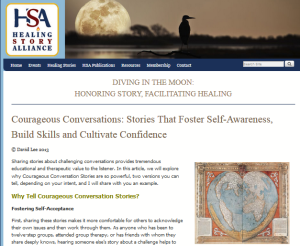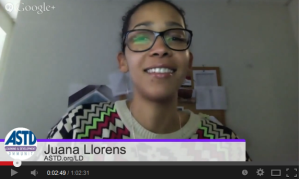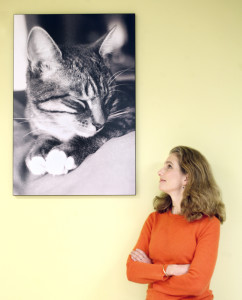Make Your Coaching and Selling Points More Persuasive with Analogies
 Want to make your important ideas pack a bigger punch?
Want to make your important ideas pack a bigger punch?
Use analogies.
Analogies don’t just make abstract ideas concrete, and therefore more understandable. They also make your points more persuasive. Often when you are trying to teach or persuade, ideas that to you are self-evident are NOT self-evident to your audience.
They don’t have all the context you have which makes your point obviously true. They don’t have your experience or expertise. So your job is to put your idea into terms they CAN relate to, and into terms where it makes your point an “Off course!” idea.
Analogies from within your audience’s realm of knowledge and experience help you do that.
So for instance, take a labyrinth.
From the ground view, finding your way out of it can be daunting because you can’t see the big picture. You can’t see the path out. However, someone from an aerial view can easily see where you are, and what path you need to take.
“Hmmm…what might this be an analogy for?”
Now…think about what a labyrinth could be an analogy for.
Hey…I’ve got an idea? How about….”the value of coaching”?
One of the biggest benefits of coaching is that the coach can see things that the person in the midst of their problem—their labyrinth—cannot.
When we are in the midst of our challenges, we often cannot see the big picture or the way out because we are at the ground level. All we see are walls blocking our way. A skilled coach, however, can see possibilities and options that we cannot because they are not in the middle of the drama. They have perspective. It’s like their having an aerial view of our labyrinth.
Now, this analogy also speaks to the fact that as a coach, you don’t have to have special powers or a Mensa IQ (although those might help). Just the fact that you are NOT that person gives you a perspective they cannot have.
Here’s an An Analogous Experience (and an Example of Using an Experience as an Analogy)
It’s like when I was a therapist many years ago and participated in peer supervision. I often noticed with bemusement how my colleagues and I were always far more confident in our treatment recommendations for each others’ clients than we were of our own. Because we weren’t emotionally involved with the issues our colleague was dealing with, we could take a more dispassionate view and not have our perceptions clouded by the emotionality of the situation.
Having some distance from the problem didn’t just allow us to see options that the therapist immersed in the challenging situation couldn’t. Having that distance also helped us not second guess our intuition and judgment.
Because we weren’t having to deal with the issues that the situation was triggering for the therapist, or have to deal with the client’s doubts and fears, we would not have the self-doubt they would. We felt confident in our assessments and recommendations.
But then…when it was our turn to share our challenging case, WE would be the one feeling conflicted and self-doubting.
I bet you can totally relate to that phenomenon.
Here Are Three Ways You Can Apply This:
- Feel free to use the labyrinth analogy when explaining to a potential client the value of having a coach and how it’s not about them not being smart enough or somehow “less than.” It’s just part of human nature that others can see things that we can’t when we’re in the midst of them.
- Identify key points you frequently make and see if you can come up with analogies from other domains that make those points more punchy and more “Well of course that makes sense!”-able.
- Also…notice how the picture of the labyrinth makes the analogy hit home even more (aka “A picture is worth a thousand words”). For your presentations, find pictures that visually depict your analogy.








